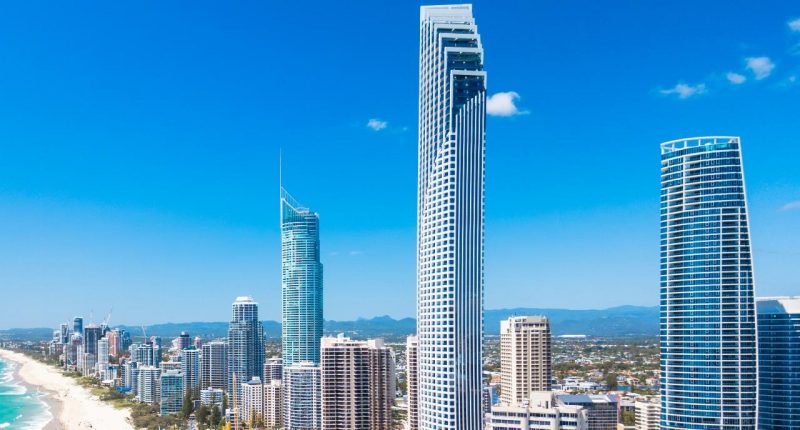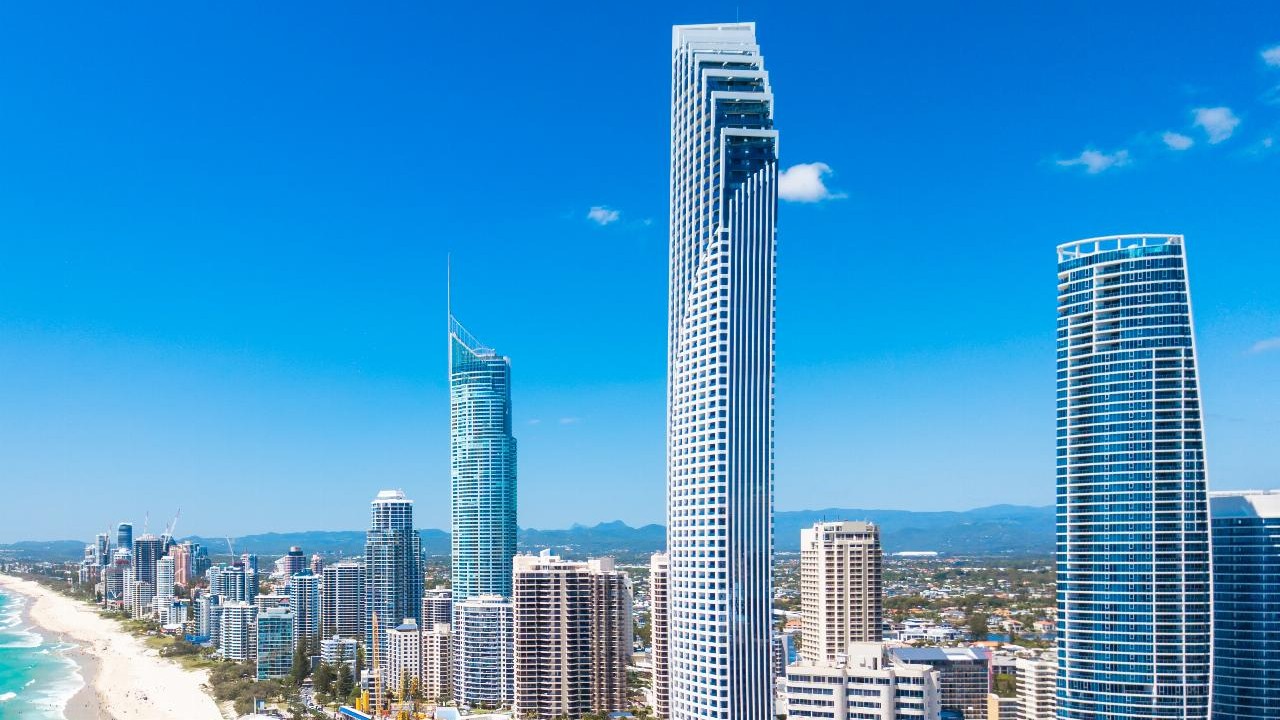- COVID-19 has imposed a heavy burden on Australia’s tourism and hotel sectors, with more challenges on the horizon
- Domestic demand will have to deliver in this recovery, according to Deloitte Access Economics partner and Deloitte national tourism leader Adele Labine-Romain, as international tourism is unlikely to pick up until at least 2022
- Prior to COVID, growth in Australia’s tourism sector was outpacing growth in the wider economy, according to Deloitte
- According to Labine-Romain, in 2020, travel restrictions led to hotel occupancy plunging to a low of 45 per cent, a decline of almost 30 points on 2019
- Despite the devastating operating climate in 2020, over 5000 new hotel rooms were added to the market in 2020, according to Deloitte
COVID-19 has imposed a heavy burden on Australia’s tourism and hotel sectors, with more challenges on the horizon.
Releasing the 2021 edition of the Deloitte Access Economics Tourism and Hotel Market Outlook, Deloitte Access Economics partner and Deloitte national tourism leader, Adele Labine-Romain said domestic demand will have to deliver in this recover as international tourism is unlikely to pick up until at least 2022.
“The recovery will also be affected by capacity challenges, including aviation capacity, tourism business viability in the short-to-medium term, and the loss of human capital, along with consumer confidence and travel sentiment,” she said.
“And when international travel restrictions lift, Australia will face an extremely competitive landscape with countries looking to reactivate their tourism industries as part of the recovery from the impacts of the pandemic,” she concluded.
Tourism sector outlook
Prior to COVID, growth in Australia’s tourism sector was outpacing growth in the wider economy, according to Deloitte.
“And then COVID-19 hit in March 2020,” said Labine-Romain.
“International visitor arrivals globally fell by one billion, or 74 per cent, and the Asia Pacific region suffered the most. In Australia, inbound international and interstate travel fell by 81 per cent and 65 per cent, respectively.”
The post-COVID recovery for Australian tourism will depend on a range of factors Labine-Romain said, including local and global economic conditions, ongoing government responses to managing the health crisis, travel restrictions and consumer confidence and behaviour.
“Should the pandemic remain largely in control – at least from an Australian perspective – domestic overnight trips are forecast to grow to 113 million by the end of 2021, just under 2019 levels, and to 134 million trips by 2023, a 14 per cent increase on 2019,” she said.
On the international front, Labine-Romain said the lifting of travel restrictions and the development and adoption of vaccine passports and other facilitating measures, along with consumer sentiment, will drive the return of international visitors.
“International travel is not expected to recover to near pre-COVID levels until sometime in 2023, with current projections of international arrivals 7 per cent higher that year than 2019,” she said.
“This will be the result of pent-up demand stimulating strong demand in 2022 through to 2023.”
Hotel sector outlook
In 2019, Australia’s tourism sector welcomed 126 million overnight visitors — 8.8 million international and 117 million domestic, according to Deloitte.
“Hotel operators have suffered under COVID-19 as well,” Labine-Romain said, as travel restrictions led to hotel occupancy plunging to a low of 45 per cent in 2020, a decline of almost 30 points on 2019.
Despite the devastating operating climate in 2020, over 5000 new hotel rooms were added to the market in 2020, according to Deloitte.
“Looking ahead, there is the potential that more than 32,000 new rooms in likelihood adjusted terms will be added to the national room stock, with around 40 per cent of these anticipated to open in 2022,” Labine-Romain said.
Deloitte expects the pace of recovery to be different across the city markets.
“Brisbane and Perth are likely to see occupancy rates returning to 2019 levels by 2023, while the Gold Coast, Adelaide, Hobart, Tropical North Queensland and Western Sydney are expected to be slower to recover, largely due to their greater exposure to either business travel or international tourists, or both,” Labine-Romain said.
“The corporate travel segment will clearly be critical in terms of the recovery, and markets where corporate travellers represent a relatively larger share of demand will face significant challenges, particularly as so many businesses big and small have settled into people connecting via technology.”
“In the short to medium term therefore, hotels in the major cities will need to look at ways to encourage a greater volume of domestic holidaymakers to fill the gap from business travellers,” she concluded.








